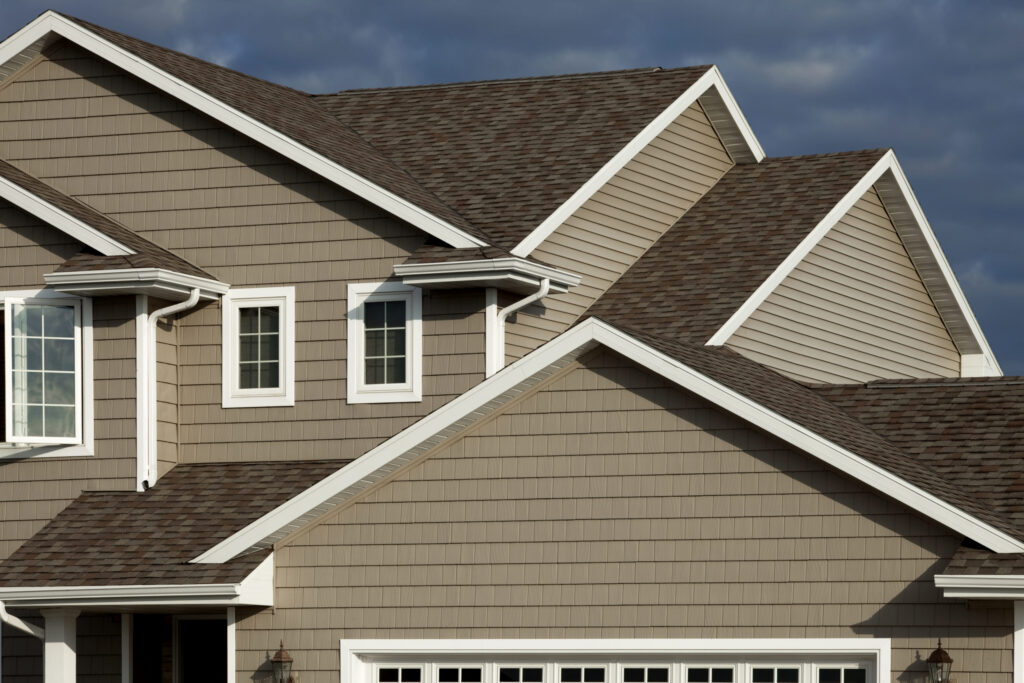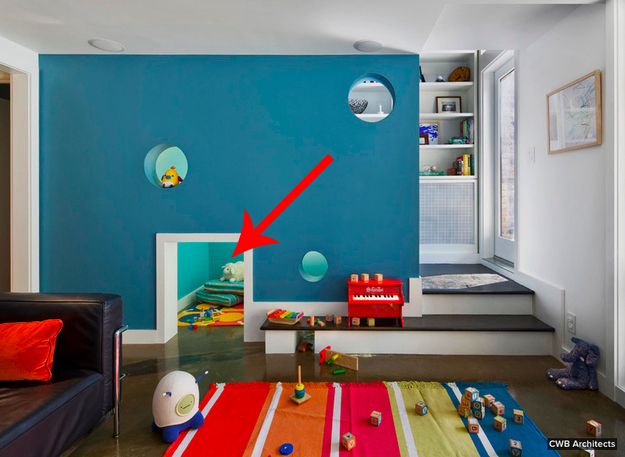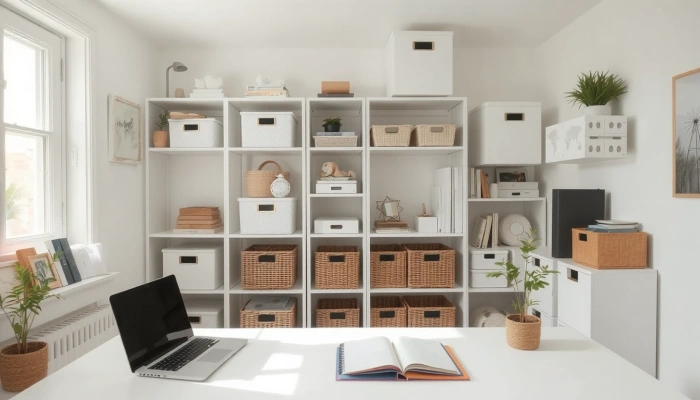5 Myths about Vinyl Siding Busted

The protection material for the walls of houses has evolved significantly over the years. In the past, wood was the go-to option, but today, homeowners have access to a variety of materials, including vinyl, aluminum, stone, and more. These materials not only protect the house from the elements but also provide a wide range of options for enhancing curb appeal.
Vinyl Siding: A Newer Option in Exterior Cladding
Vinyl siding is a newer material compared to traditional wood and stone options. It’s often not as well-known, and due to its synthetic base (plastic), it has gained a bit of an undeserved negative reputation. Unlike its counterparts made from natural materials, vinyl siding is completely engineered, which has led to some misconceptions about its quality and performance.
However, times have changed. The technology behind vinyl has advanced significantly, and with it, so has its perception among builders, contractors, and homeowners. The benefits of vinyl siding have been widely discussed, but there are still many myths circulating. In this article, I’ll address and debunk the most common misconceptions about vinyl siding.
Myth #1: Vinyl Siding is Weak and Flimsy
One of the most persistent myths about vinyl siding is that it’s weak and flimsy due to its plastic base. People assume that because vinyl is lightweight and flexible, it’s easily destructible. This couldn’t be farther from the truth.
In reality, vinyl siding is incredibly durable. It’s designed to last for decades and can withstand harsh weather conditions, including high winds. Some manufacturers even offer lifetime warranties on their vinyl siding products, making it one of the most reliable options for protecting your home.
Myth #2: Vinyl Siding Looks Cheap and Tacky
In the past, vinyl siding had a bad reputation for looking cheap, especially during the 1970s when it was first introduced. However, this perception has changed dramatically over the years.
With advancements in technology and design, modern vinyl siding looks incredibly attractive. In fact, for those who prefer the look of wood, there are vinyl siding options that mimic the appearance of authentic wood. When it comes to design choices, vinyl siding is available in hundreds of styles, textures, colors, and patterns, far surpassing the options available with other materials.
Myth #3: Vinyl Siding Offers Poor Insulation
Some people believe that vinyl siding provides insufficient insulation due to its lightweight nature and plastic composition. However, this is not the case. Vinyl siding is now available with Energy Star ratings, which means it offers excellent insulating properties.
This type of siding helps regulate temperature by retaining heat in colder weather and keeping the interior cool during warmer months. As a result, vinyl siding can help reduce the strain on your home’s heating and cooling systems, ultimately lowering your electricity bills.
Myth #4: Vinyl Siding Reduces Property Value
There’s a widespread misconception that vinyl siding lowers the value of a home because it’s less expensive than wood. While wood siding is costly and requires more maintenance, vinyl siding is low-maintenance and offers long-lasting benefits.
More and more real estate professionals are replacing old, worn-out wood siding with vinyl because it’s practically maintenance-free and has a much longer lifespan. From a property valuation perspective, homes with vinyl siding are often seen as more valuable because they come with the added benefit of durability and a lifetime warranty.
Myth #5: Vinyl Siding is Harmful to the Environment
One of the most common myths about vinyl siding is that it’s bad for the environment. However, this myth is completely unfounded. Vinyl siding is actually more environmentally sustainable to produce compared to other materials like brick, aluminum, and fiber cement. It’s also worth noting that vinyl siding is recyclable, making it an eco-friendly choice for homeowners.
Moreover, considering the ongoing challenges of deforestation, using a material like vinyl siding, which doesn’t require cutting down trees, is a step toward more sustainable building practices.
Conclusion: Why Vinyl Siding is a Valuable Option for Your Home
When it comes to home exterior cladding, vinyl siding offers unbeatable benefits in terms of design, durability, and efficiency. It’s a great option that shouldn’t be dismissed based on outdated misconceptions.
With a wide range of design choices, exceptional durability, easy maintenance, and environmental benefits, vinyl siding is a worthy contender for anyone looking to protect and enhance their home’s exterior. Don’t let misinformation hold you back—consider vinyl siding for your next home renovation project.





